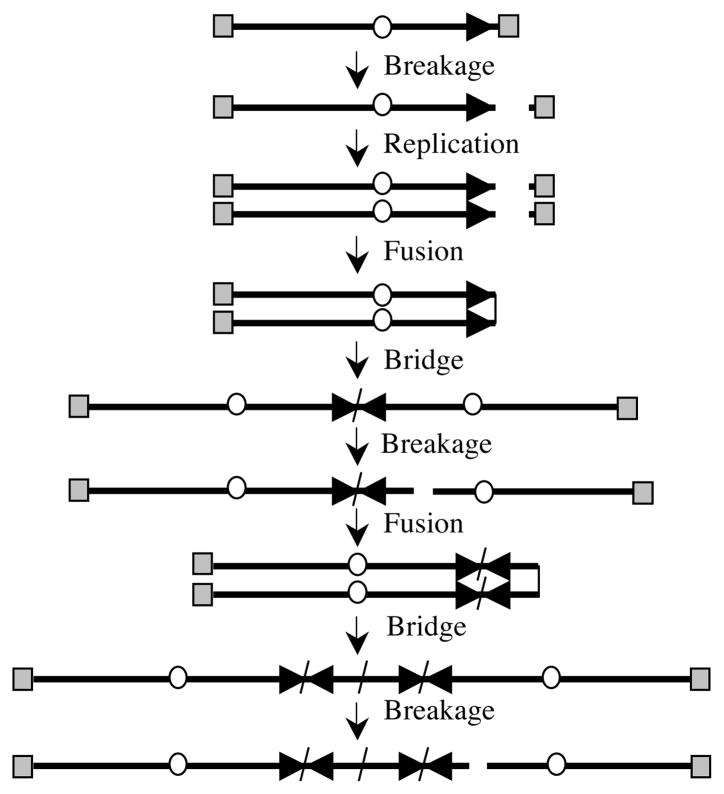Fig. 1. Chromosome instability involving B/F/B cycles.
B/F/B cycles are initiated when sister chromatids fuse following the replication of a chromosome that has lost a telomere. Due to the presence of two centromeres, the chromosome then forms a bridge during anaphase, which breaks when the centromeres are pulled in opposite directions during cell division. Breakage occurs at locations other than the site of fusion, resulting in large inverted repeats on the end of the chromosome in one daughter cell and a terminal deletion on the end of the chromosome in the other daughter cell. Because the chromosomes are missing a telomere in the next cell cycle, they will fuse again, resulting in further amplification of subtelomeric DNA on the chromosome containing the inverted repeat. Subsequent fusions on the chromosome containing the terminal deletion can also result in amplification of sequences far from original end of the chromosome. The B/F/B cycles will continue until the chromosome acquires a new telomere, most often by translocation. The telomeres (gray squares), centromeres (circles), and orientation of the subtelomeric sequences (horizontal arrows) are shown.

